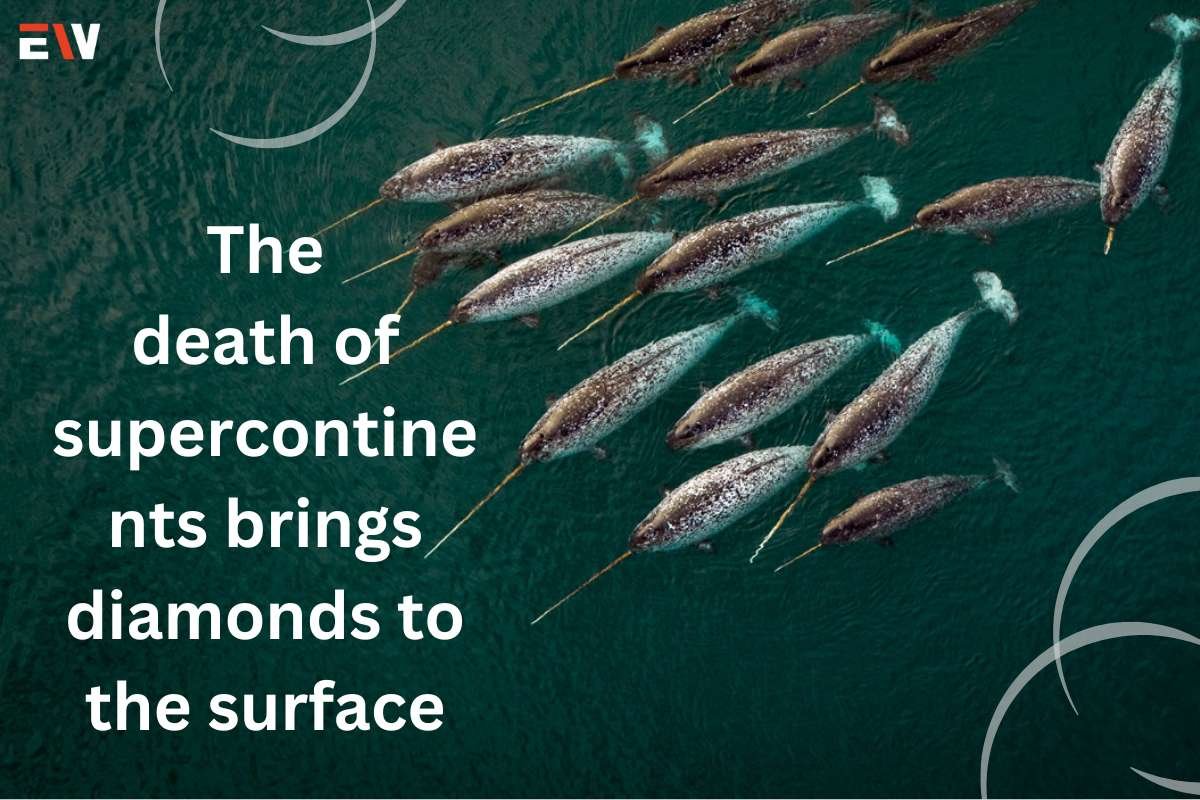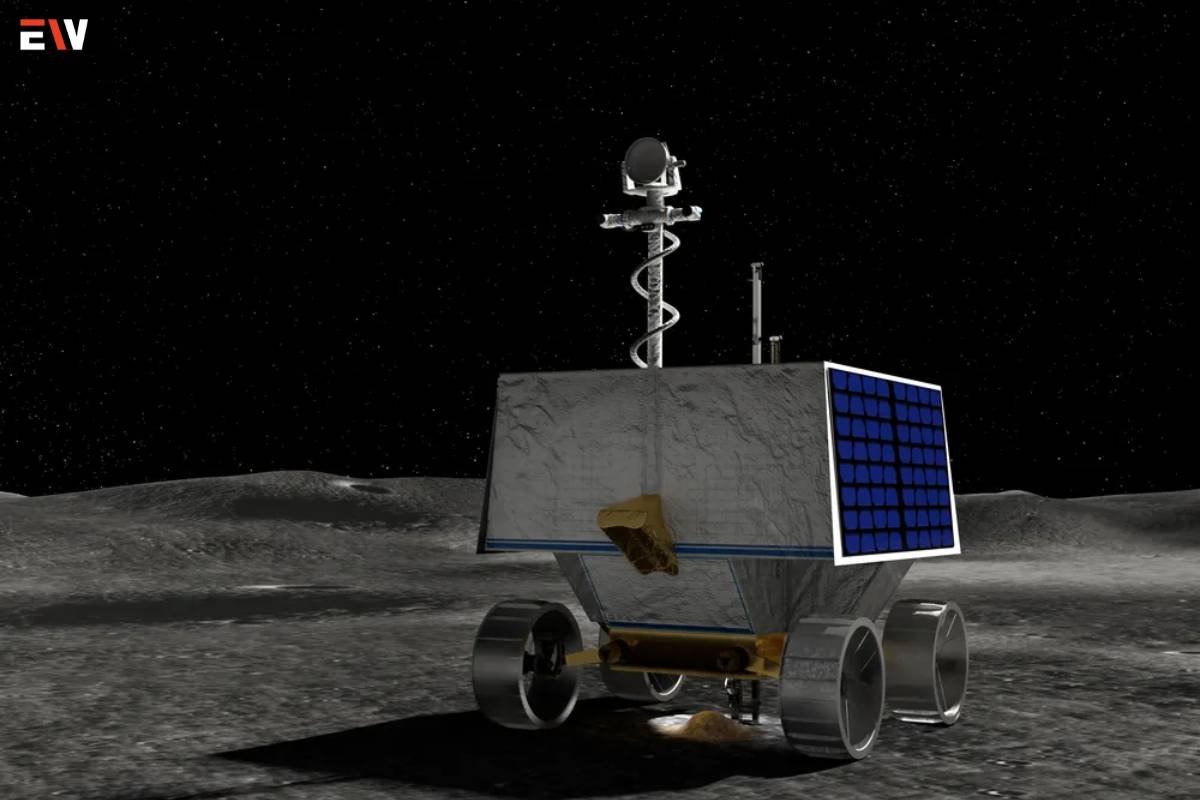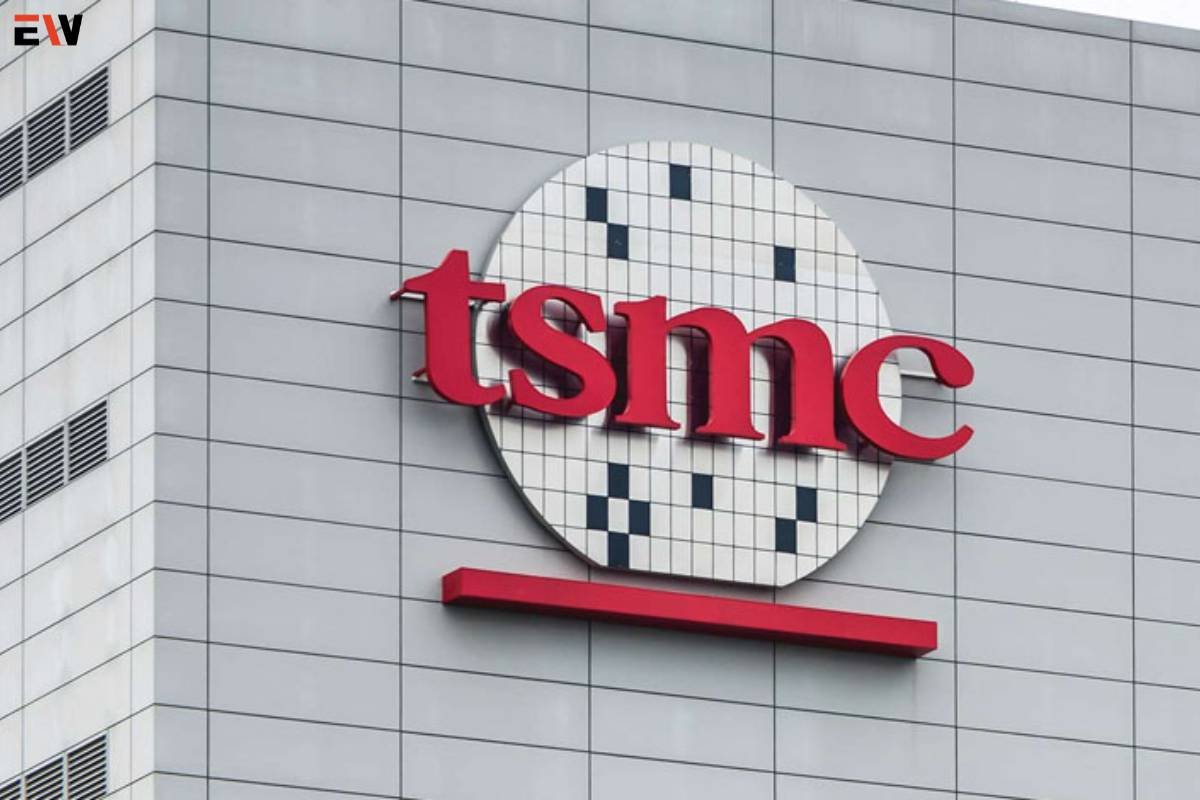The death of supercontinents brings diamonds on surface, Diamonds form deep within the Earth’s mantle, under extreme temperatures and pressures, at depths of over 150 kilometers. These precious gems make their way to the Earth’s surface through narrow pipes of magma known as kimberlite, which can erupt at astonishing speeds, comparable to the speed of sound. Interestingly, most kimberlite pipes are found in the quiet and ancient interiors of continents, far away from the typical locations of volcanic eruptions, which occur at the edges of tectonic plates or near mantle plumes responsible for volcanic hot spots like Hawaii or Yellowstone. This has puzzled geologists for some time, as they questioned how these kimberlite pipes ended up in such remote areas without a clear explanation.
Diamond-bearing eruptions are linked to the breakup of supercontinents
Now, a team of researchers led by Thomas Gernon from the University of Southampton believes they have unraveled the mystery. According to their findings published in Nature, they propose that these diamond-bearing eruptions are linked to the breakup of supercontinents. During this process, whirling turbulence occurs in the viscous mantle rock below, akin to slow-motion tidal waves, which travel hundreds of kilometers over millions of years. These subterranean swells occasionally trigger kimberlite eruptions. In essence, kimberlites appear to be responding to the rhythms of supercontinents.
This discovery goes beyond understanding diamonds and kimberlites; it has broader implications for our understanding of tectonic activity near the Earth’s surface. It suggests that such activity can influence the behavior of the mantle on a larger scale than previously thought. Furthermore, the underground waves keep the margins of newly divided continents volcanically active for much longer periods than anticipated. This could potentially explain other volcanic rocks that were previously attributed solely to mantle plumes. The findings offer a new hypothesis to explore and test, providing a way forward in our understanding of Earth’s geological processes, as noted by Folarin Kolawole, a structural geologist at Columbia University, who is not involved in the study.
North America & Asia might collide to form the next supercontinents ‘Amasia’ on Earth | WION
Why do kimberlite eruptions only seem to occur in the cratons
During the COVID-19 lockdowns, Gernon found himself revisiting the question of why kimberlite eruptions only seem to occur in the cratons, which are the old and cold interiors of continents. Some researchers previously speculated that mantle plumes might be responsible for these eruptions, but the problem was that not all kimberlite deposits matched the known hot spot tracks. Moreover, isotopic analysis of mantle plume rocks indicated that they originated from the lower mantle, while recent analyses of kimberlites pointed to a shallower origin.
However, Gernon and his co-authors noticed an intriguing pattern when they examined the timing of kimberlite eruptions in relation to significant events in plate tectonics. They conducted reconstructions of continental plate movements over the past 500 million years and compared the rate of continental rifting with the occurrences of kimberlite formation. Surprisingly, they found that, on average, kimberlite eruptions peaked around 26 million years after a continental breakup, which was both curious and astounding to Gernon.
Clusters shifting about 20 kilometers every million years
To delve deeper into this phenomenon, the researchers focused on the geologic history of kimberlite deposits in southern Africa and South America, which formed after the breakup of the Gondwana supercontinents 120 million years ago, and those in North America following the earlier breakup of Pangaea. They observed that the kimberlite volcanoes erupted progressively farther from the rift as time passed, with the clusters shifting about 20 kilometers every million years.
Gernon and his colleagues proposed a plausible explanation for this migration. When continents split apart, hot mantle rocks rise to fill the gap, but they eventually cool off and sink as they encounter the cold continental sides of the gap. This process creates swirling convective patterns.
Computer simulations demonstrated that these vortices travel along the keels of the continents, stripping their soft roots and creating a rock mix that is ideal for melting into kimberlite. The simulations also revealed that the speed of these waves matches the propagation rate of kimberlites, which is incredibly slow, about one-millionth of a snail’s pace. Jeroen van Hunen, a geodynamicist at Durham University, commended this explanation, stating that it makes perfect sense.









